Monstrosities in Dungeons & Dragons are creatures that defy natural classification, often created through magical experimentation, curses, or ancient forces beyond mortal understanding. Unlike beasts, humanoids or even dragons, monstrosities are unnatural by design, with bizarre abilities and fused forms that challenge both adventurers and the world itself.
From the terrifying owlbear to the deadly chimera, these creatures embody chaos, danger, and unpredictability. In this article, we’ll break down what defines a monstrosity, explore their origins and traits, and offer tips for Dungeon Masters looking to incorporate these fearsome foes into their adventures or long-running campaigns.
What Is A Monstrosity?
The monstrosity creature type is one of the most varied, since it includes legends, horrors of the dark, and other creatures that behave like regular animals. The best way to put them all in a single definition is that monstrosities are what adventurers are most often hunting for.
Other creature types might have involved plots, like the undead or the many fiends, but a creature that acts as a monstrosity is, in simple terms, just a monster; it is terrorizing the countryside and a bounty is issued for their removal.
Dragons and vampires also fit within this classification, but they already fit neatly into other creature types.
This isn’t to say that they aren’t deadly, but even the original legends that these creatures hail from are just elaborate slay quests: in the Greek myths, Bellerophon is tasked with slaying the chimera, while one of Hercules’ tasks was slaying the hydra.
Monstrosity Origins
Monstrosities’ origins are highly customizable, with some of them in the 2024 Monster Manual having tables of suggestions for how they came to be (as is the case with the drider and the medusa) instead of a direct origin story.
All in all, three main origins can be found for monstrosities: cursed, artificially made, or ‘naturally occurring’ creatures.
Natural Monstrosities
The 2025 Monster Manual contradicts itself when it comes to monstrosities, classifying them as “unnatural creatures with strange origins” in the first chapter of the book, while later describing creatures like the drider as possibly being “part of a world’s natural population.”
The main takeaway here is that you can deal with these creatures as you see fit, and they can be a part of nature as much as anything else.
The reason why these monstrosities would be classified as such, then, is due to their tendency to hunt more than they need, altering the natural balance of wherever they reside.
This is why druids and some fey creatures might task adventurers with slaying said monsters, since letting them live affects every other creature as a whole.
Artificially Made Monstrosities
Nothing channels the phrase ‘a wizard did it’ like a monstrosity can, since who else would think of combining a lion with a goat and a dragon?
No matter the specifics of their creation, artificial monstrosities will often have a clear function in a story, guarding a lair or hindering the heroes in some way.
This is where a lot of the creatures from real-world legends land, like chimeras, cockatrices and manticores. Some of the most iconic Dungeons & Dragons monsters can also be seen as bizarre creations, like mimics, owlbears or displacer beasts.
Cursed Monstrosities
This is an almost new monstrosity subtype introduced in the 2025 Monster Manual, including werewolves and kenku. The curse afflicting them changed their nature so much that they might see themselves as monsters, often lamenting the sorry state of their condition.
This is the most narratively driven subtype of monstrosity, since more often than not, the creature itself might be looking for a way to end its curse.
That type of story writes itself, with the monstrosity either seeking the players for aid, or hiding from them during a full moon.
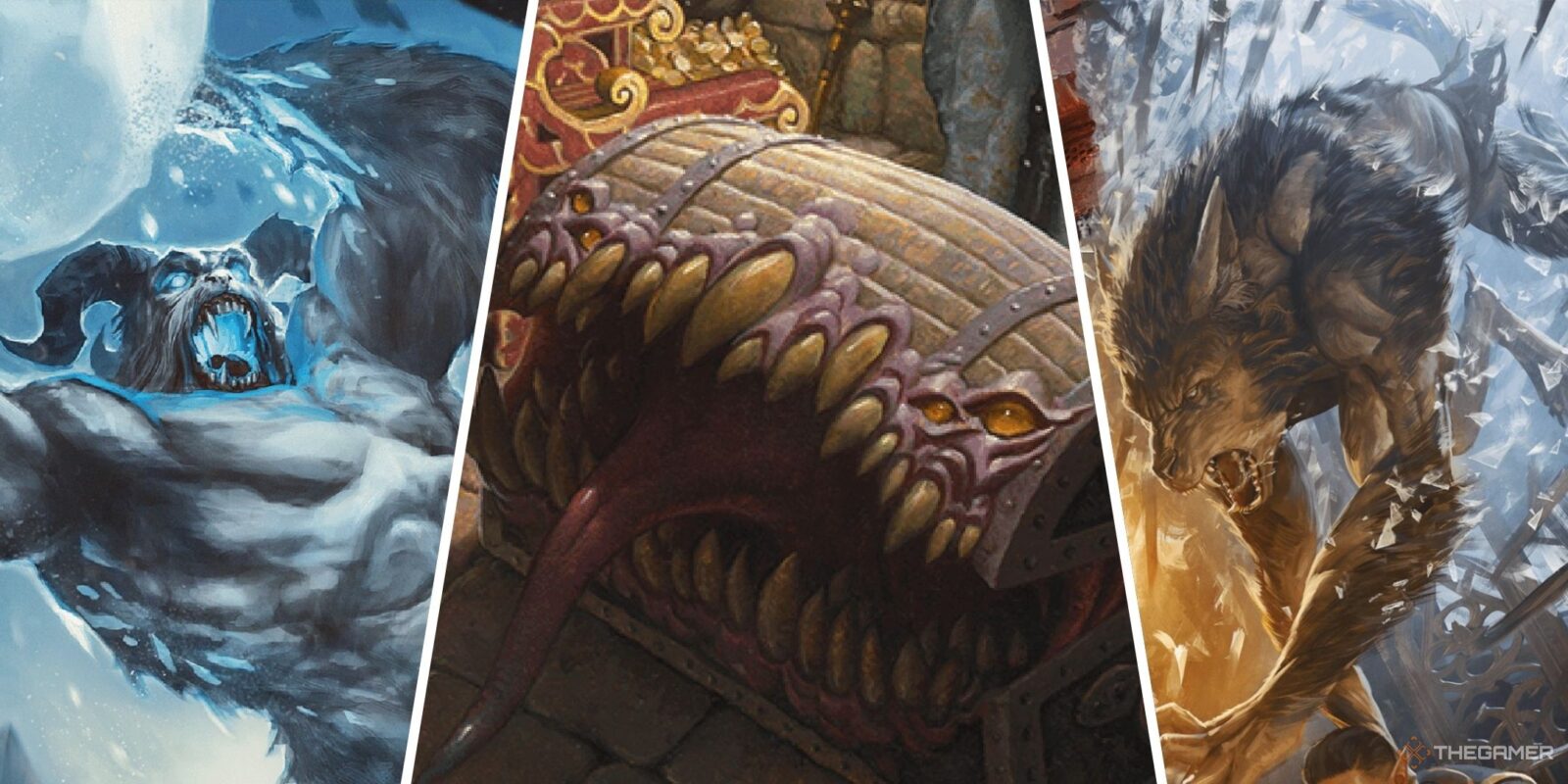
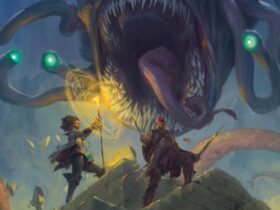
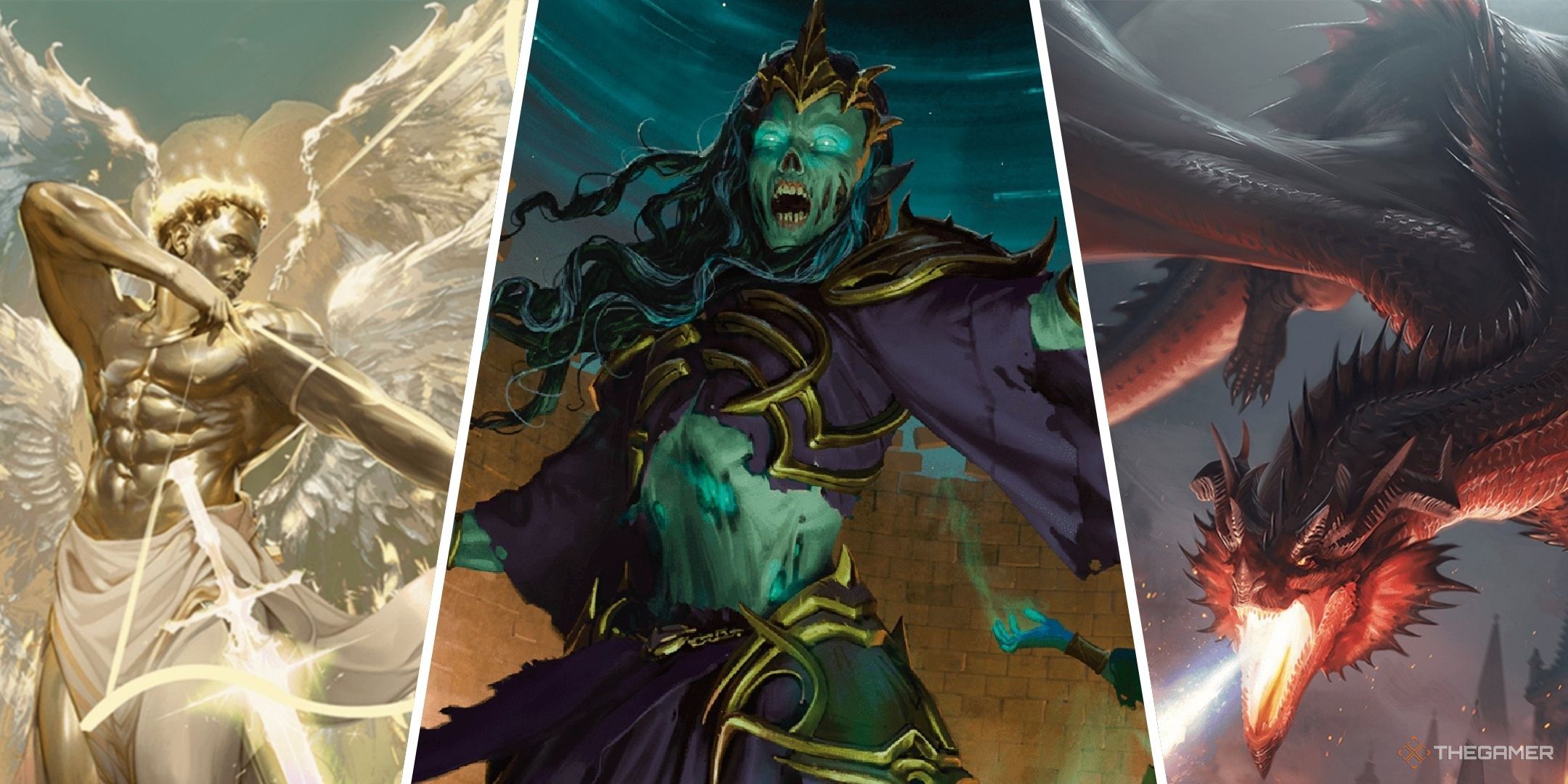
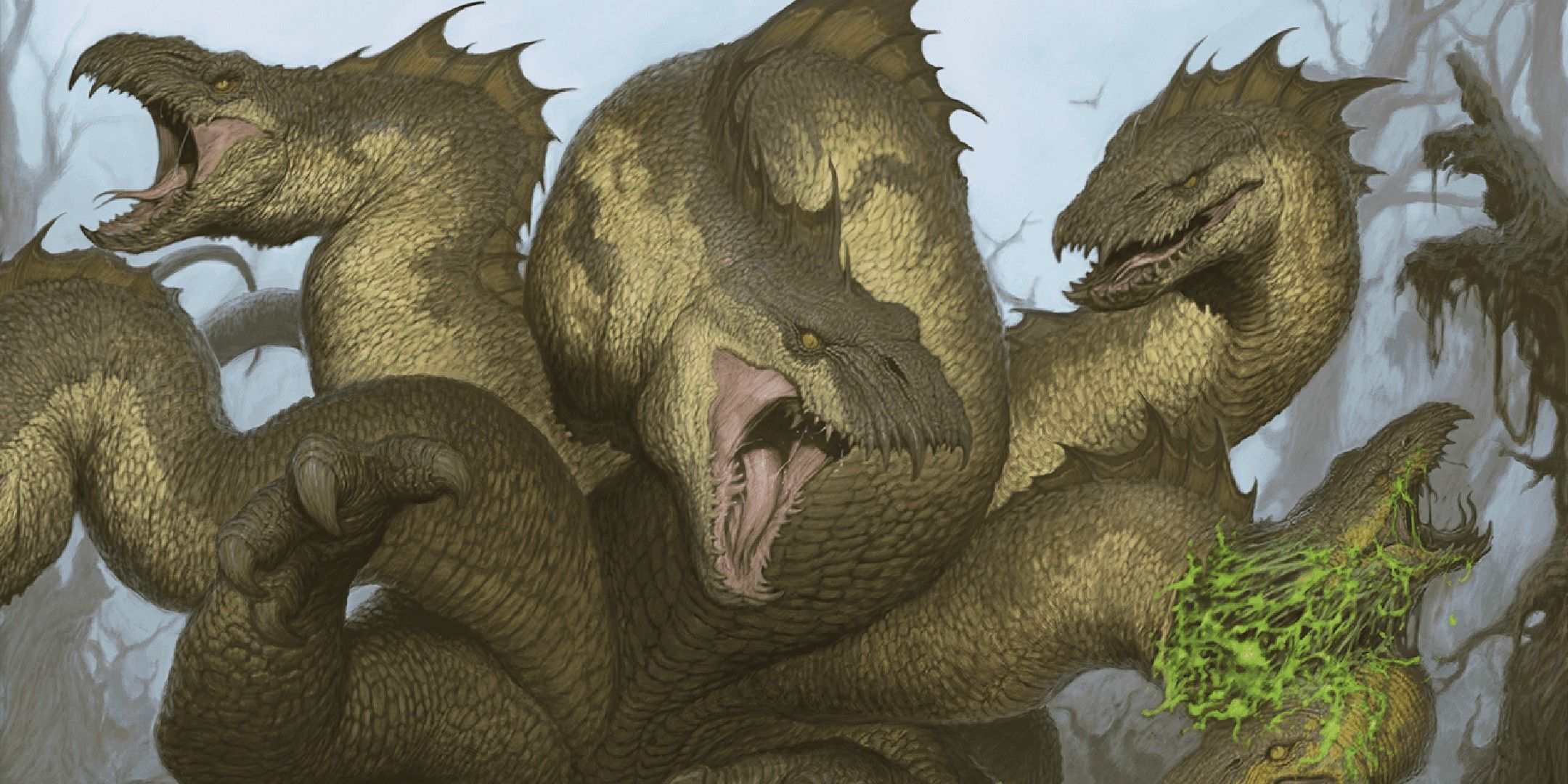
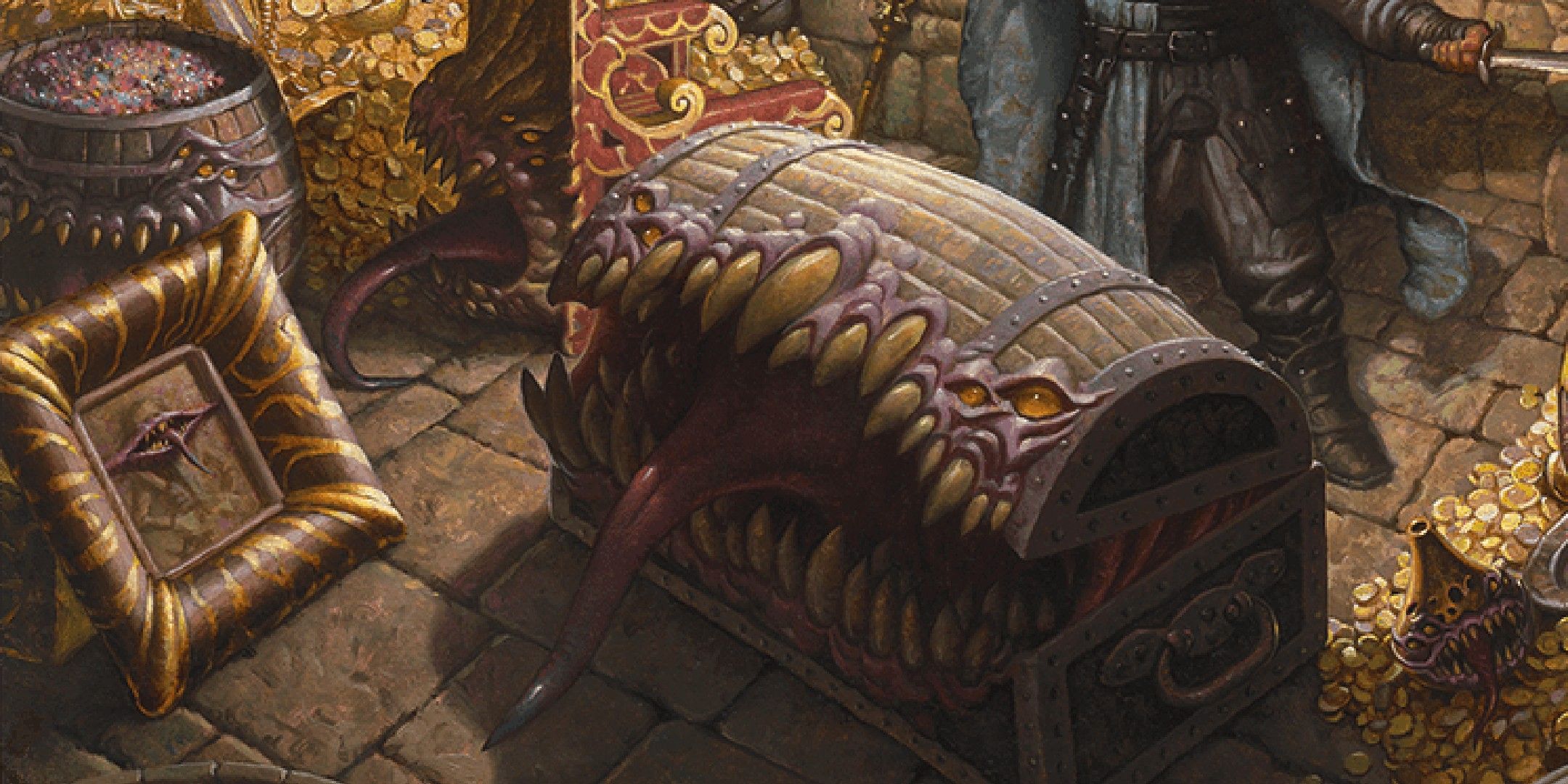
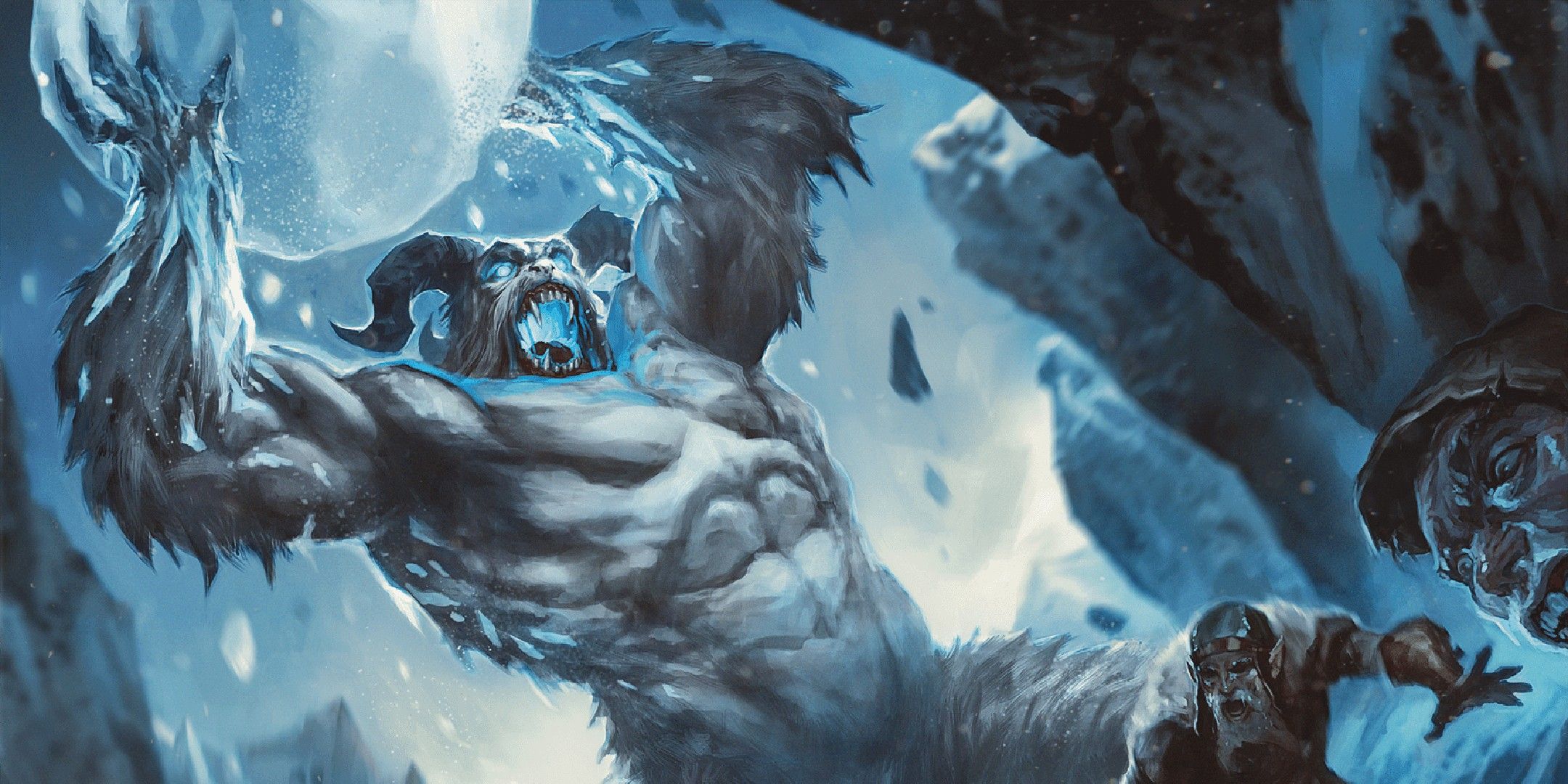
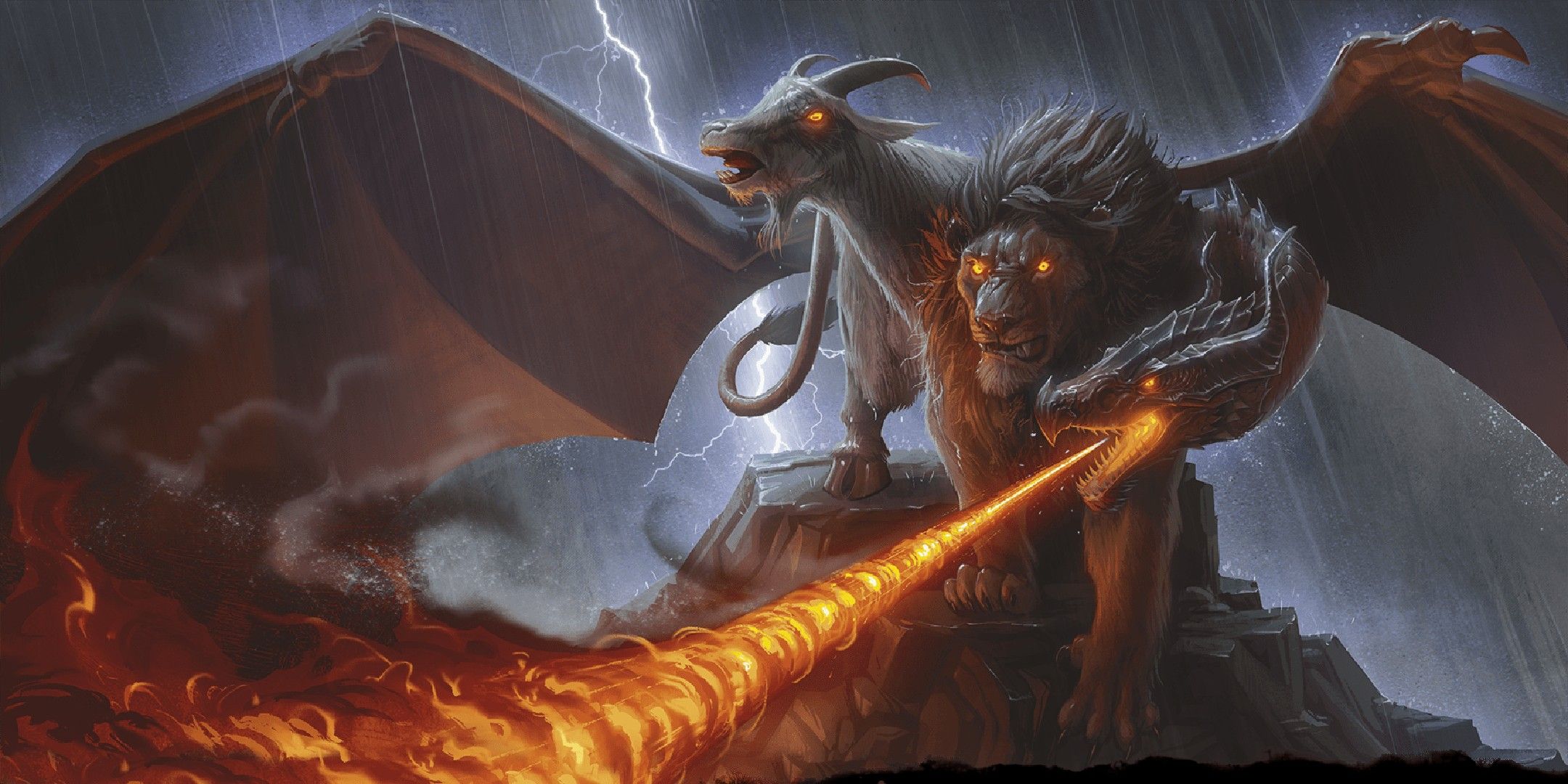
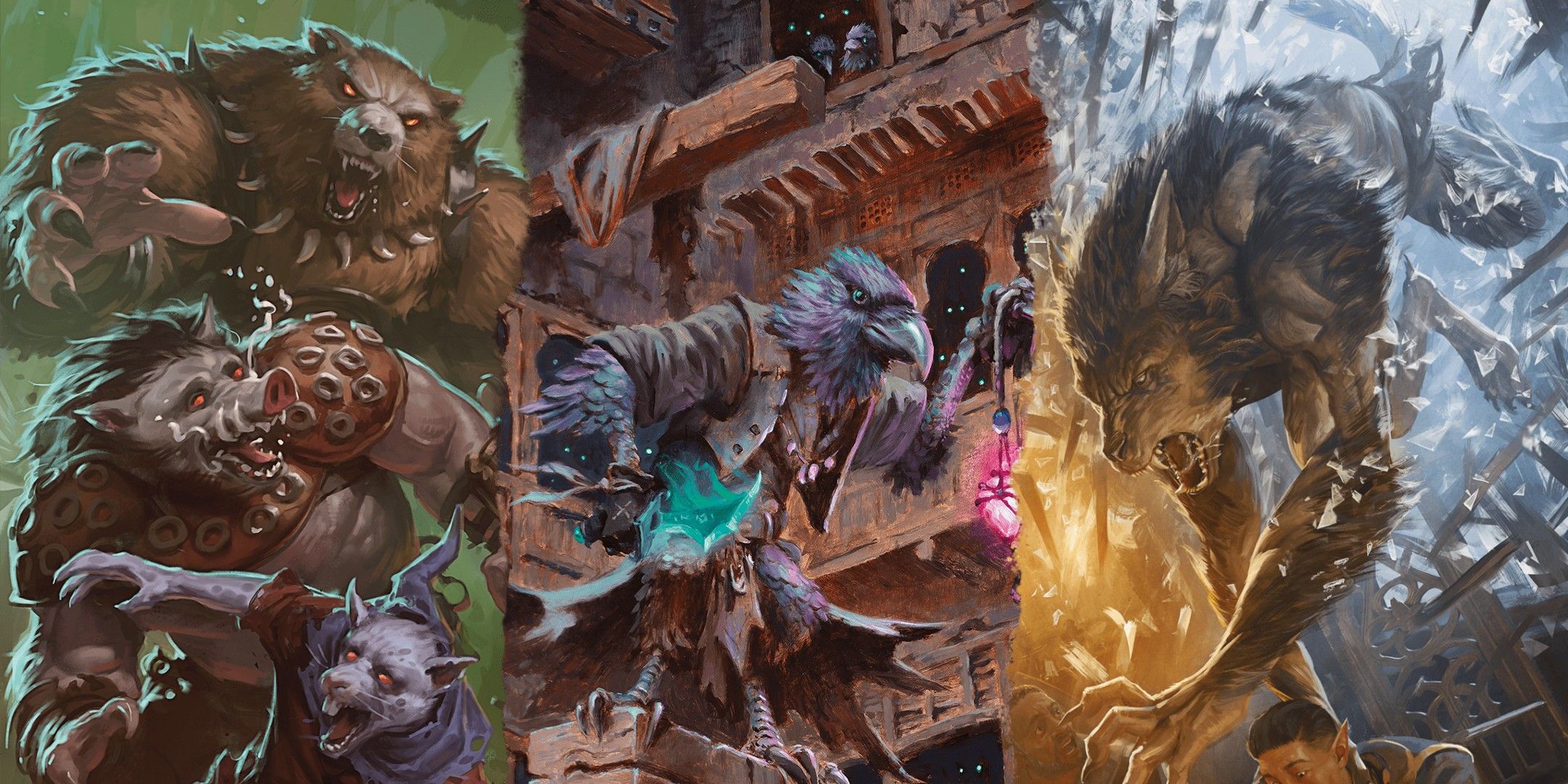
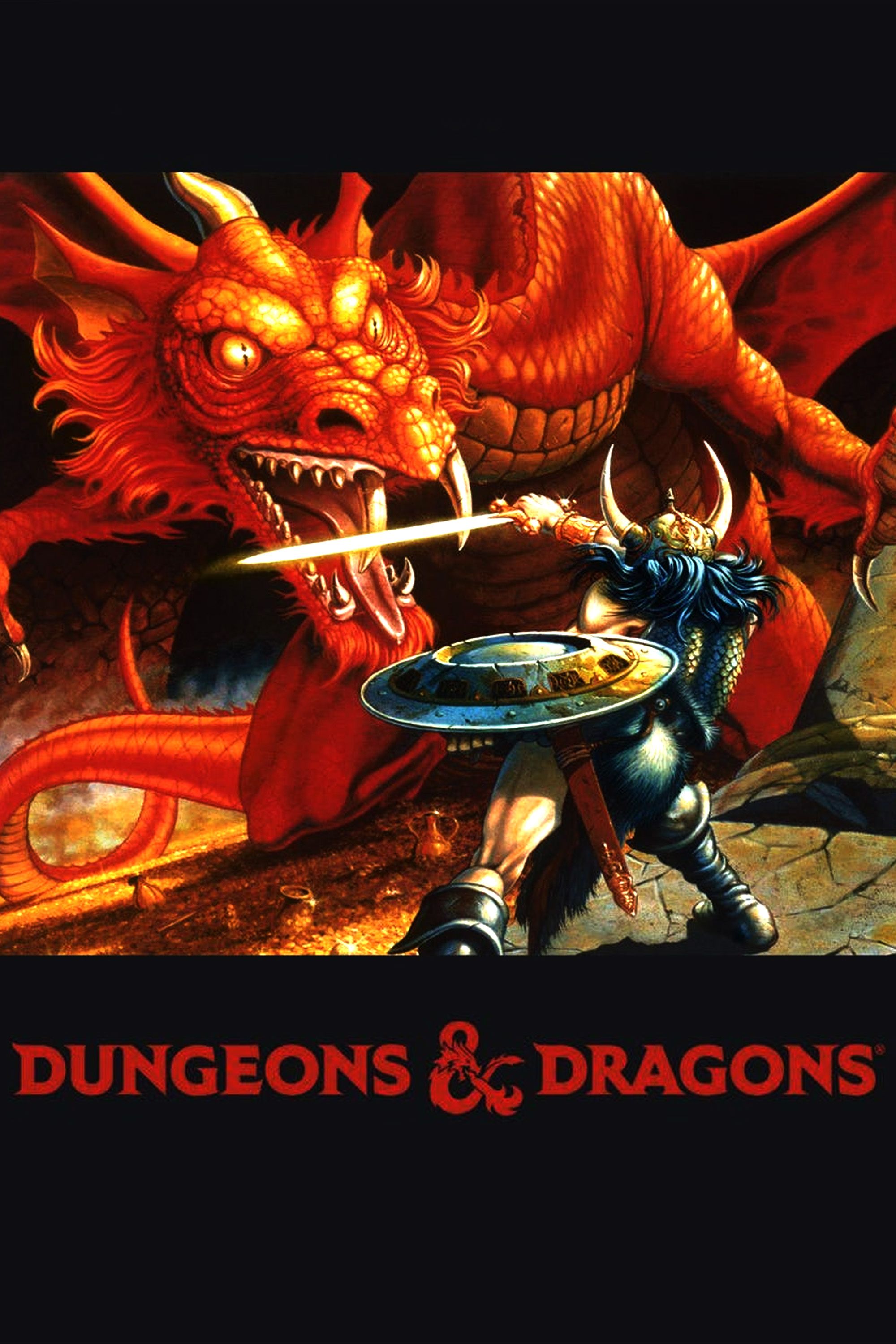

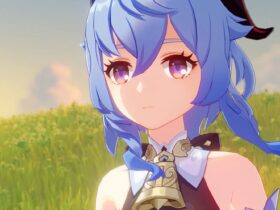

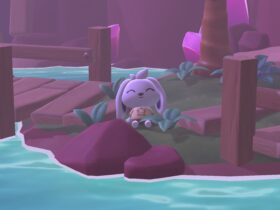
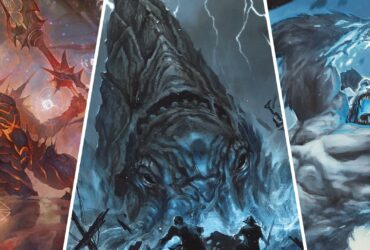
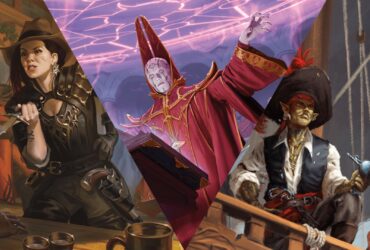
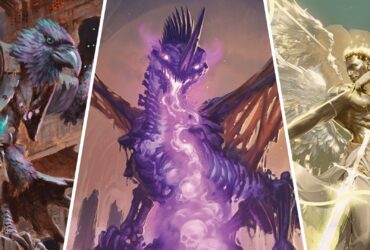
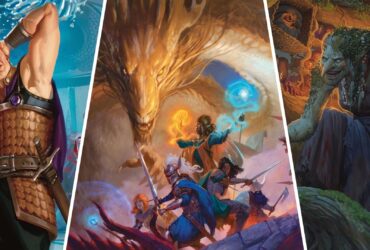
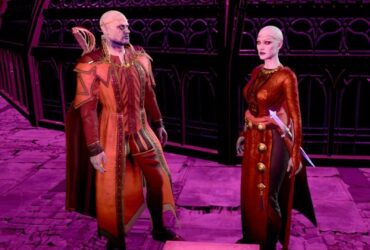
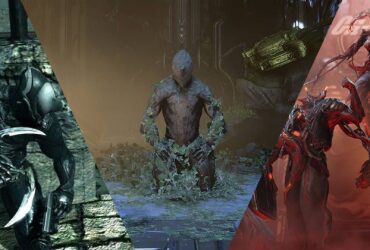
Leave a Reply